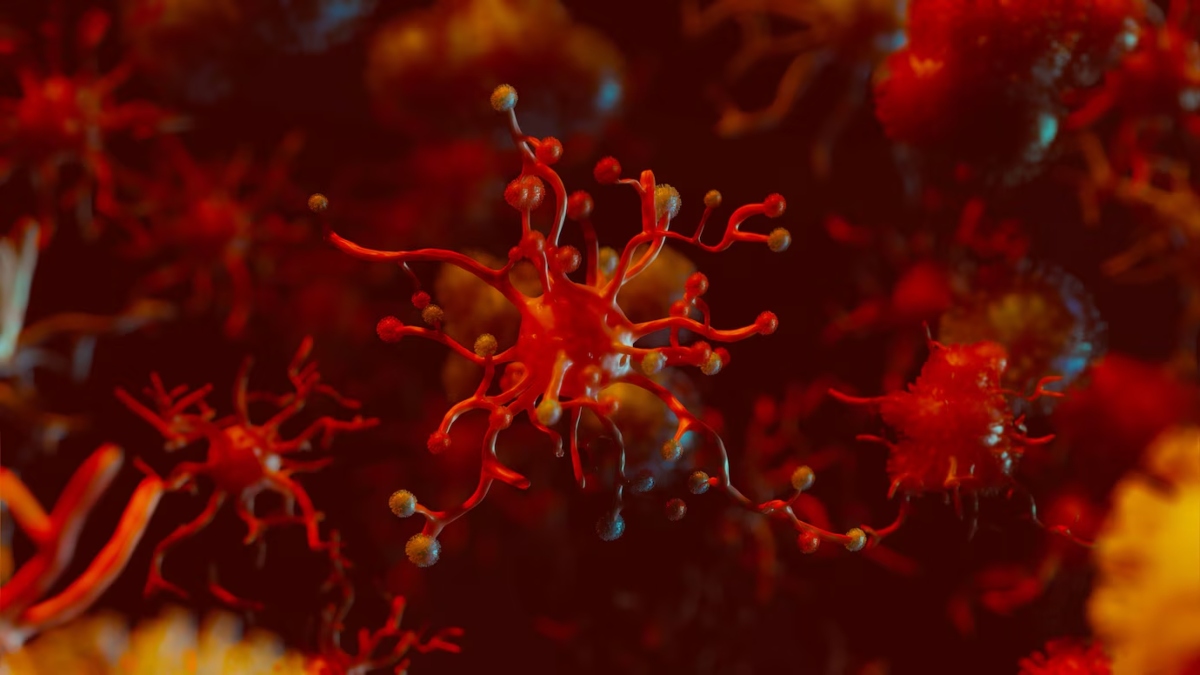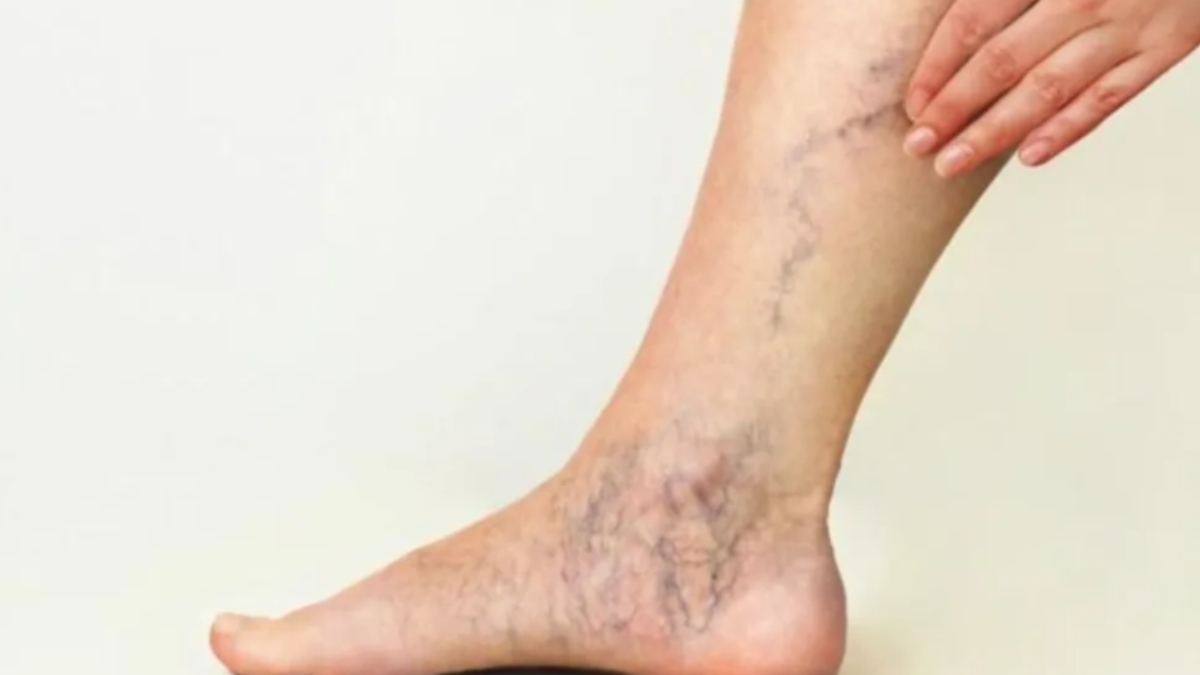The journey of dealing with leukaemia is a formidable challenge, and the differences in impact and treatment approaches between children and adults are substantial. Children facing leukaemia encounter unique emotional and physical hurdles, impacting their development, education, and social interactions. In contrast, adult leukaemia presents challenges related to health conditions and lifestyle choices. According to , recognising these distinctions is crucial for tailoring optimal care and support throughout their cancer journey.
Understanding Leukemia: Manifestation and Diagnosis:Leukaemia, affecting blood and bone marrow, manifests differently in children and adults. Symptoms range from infections and fatigue in children to weight loss and night sweats in adults. Diagnosis involves specialized tests, with pediatric patients undergoing blood tests, bone marrow aspirations, biopsies, and lumbar punctures. Adults may require additional imaging tests like CT scans or MRIs. Recognizing age-specific variations is vital for early detection and effective management, leading to improved outcomes.
Unique Challenges for Pediatric Patients:Pediatric leukaemia patients face emotionally charged challenges beyond the physical aspects of treatment. Coping with complex emotions such as fear and confusion at a young age adds more difficulty. Parents and caregivers play a pivotal role in supporting these young warriors through their treatment journey. Additionally, pediatric cancer treatment, involving chemotherapy, radiation therapy, or bone marrow transplants, poses unique challenges for developing bodies. Despite these obstacles, young patients often exhibit remarkable strength, finding moments of joy amidst pain. Healthcare providers focus on holistic care, addressing both physical and emotional needs.
Tailoring Treatment Approaches for Different Age Groups:A personalized approach to leukaemia treatment is imperative, acknowledging the diverse needs of different age groups. For children, chemotherapy is a central component, carefully designed to eliminate cancer cells while minimizing harm to healthy cells. Conversely, adults often undergo targeted therapy approaches, aiming to target cancer cells and reduce side effects specifically. Tailoring treatments based on age optimizes outcomes and provides personalized care for individuals battling leukaemia.
Support Systems for Families:Support systems play a pivotal role in addressing the needs of families affected by childhood and adult leukaemia. Recognizing that a leukaemia diagnosis impacts the entire family, these systems offer emotional and practical assistance. Pediatric oncology services employ a multidisciplinary approach, catering to the unique needs of young patients and their families. Adult patients also benefit from strong support systems, ensuring emotional and physical assistance throughout their treatment journey. Whether through counselling services, financial aid programs, or a compassionate presence, these systems are essential pillars of strength.
In conclusion, tailored support systems for pediatric and adult leukaemia patients are indispensable for comprehensive assistance, encompassing medical care and emotional support. These dedicated networks provide comfort, guidance, and a sense of community during challenging times.















